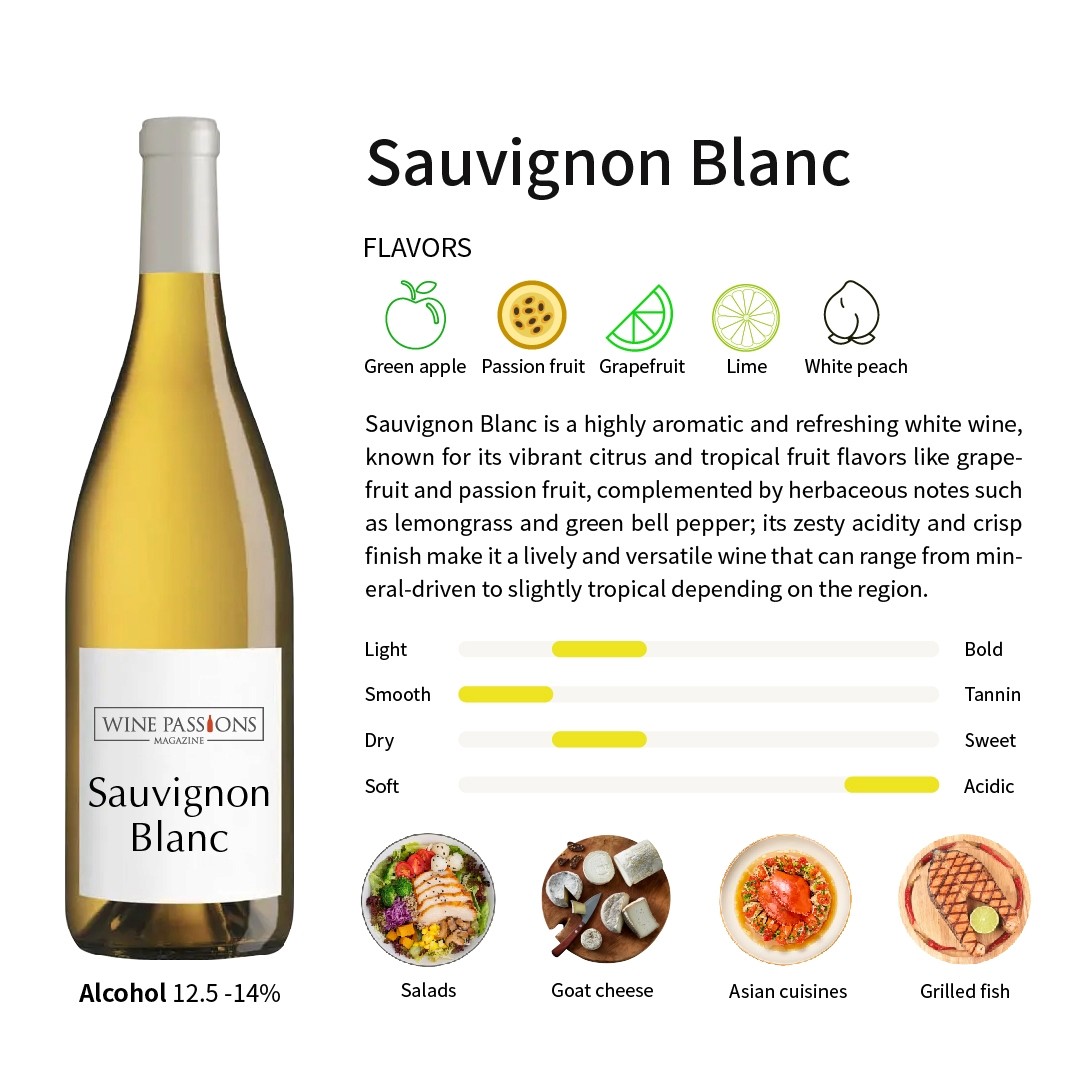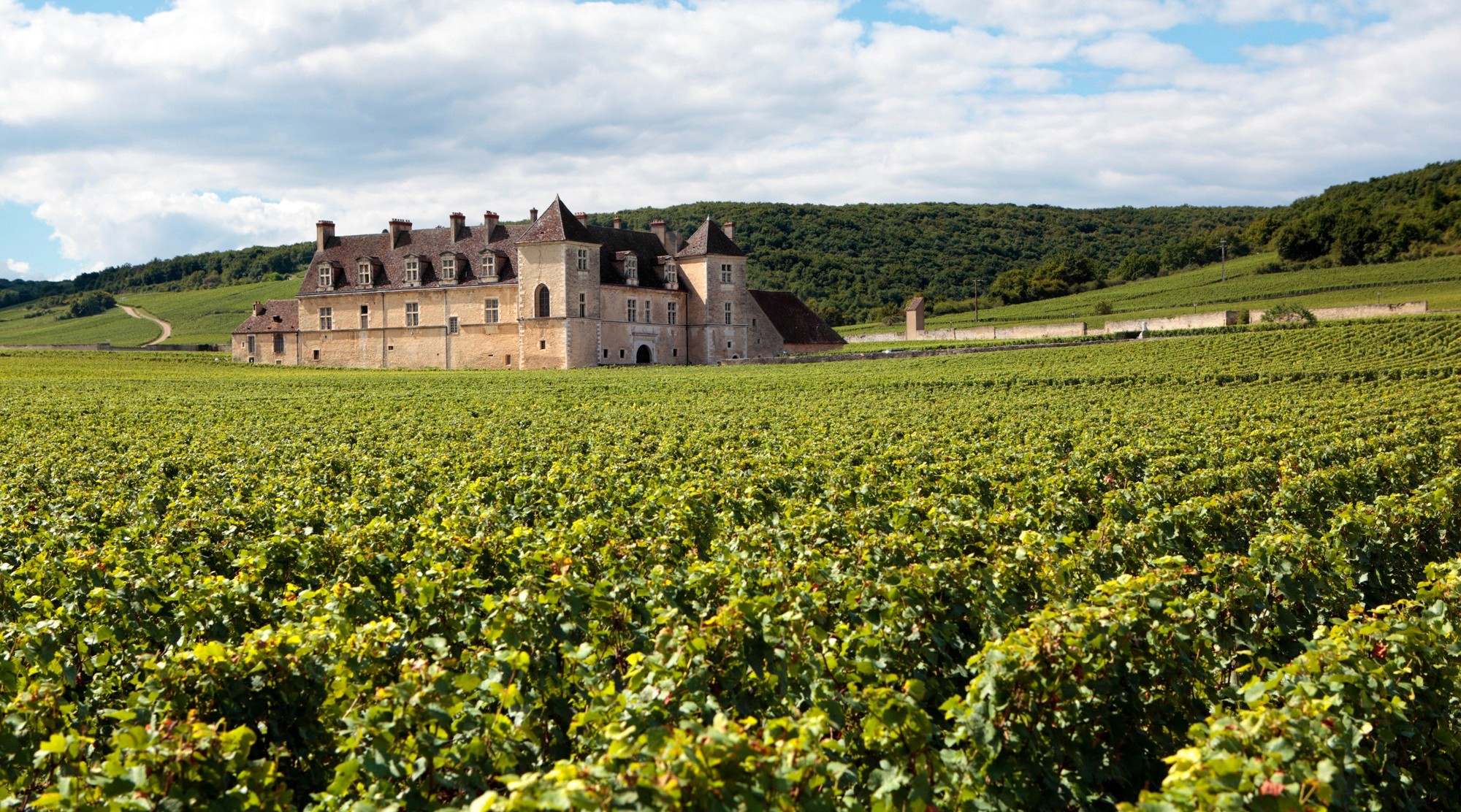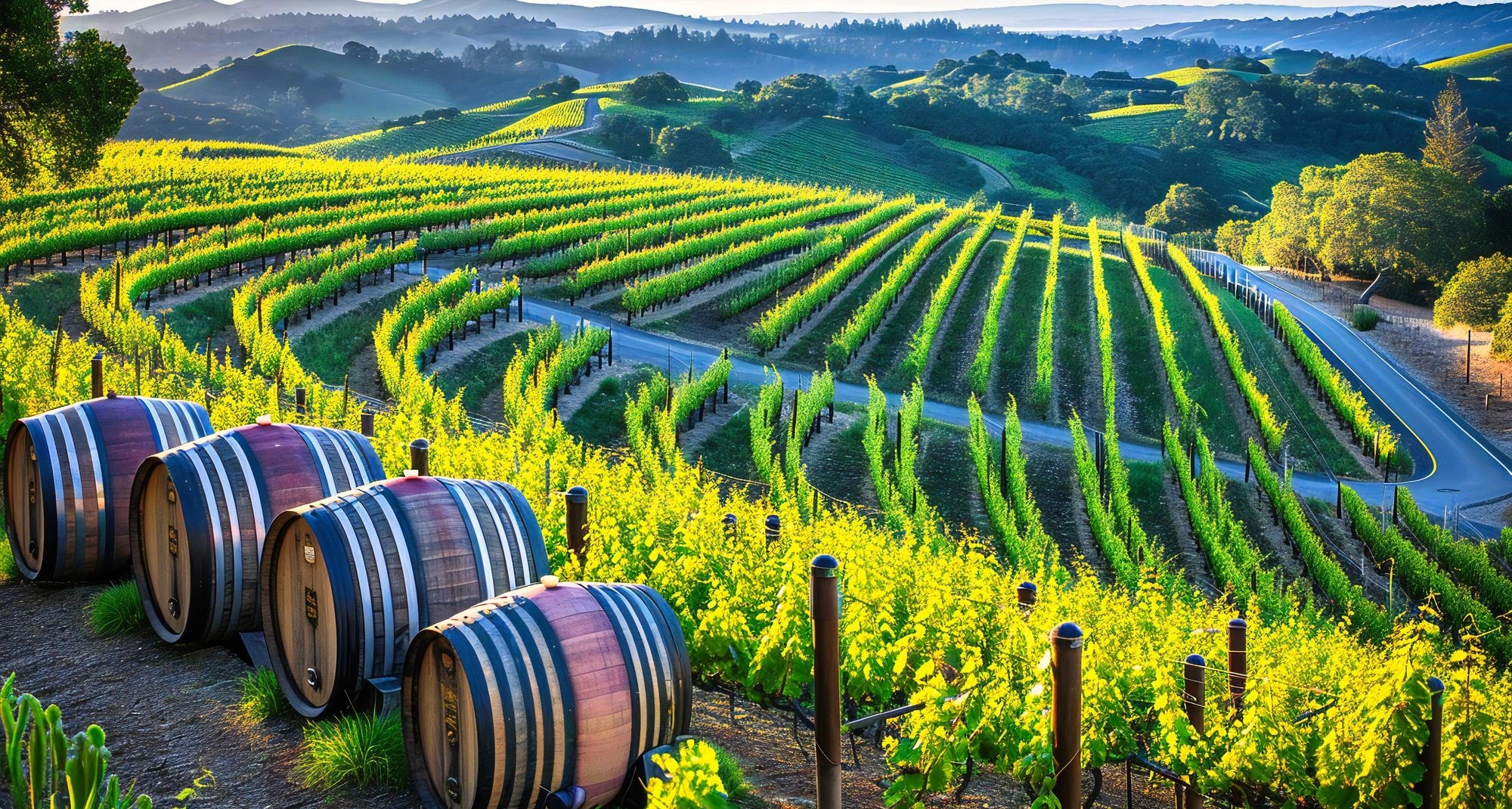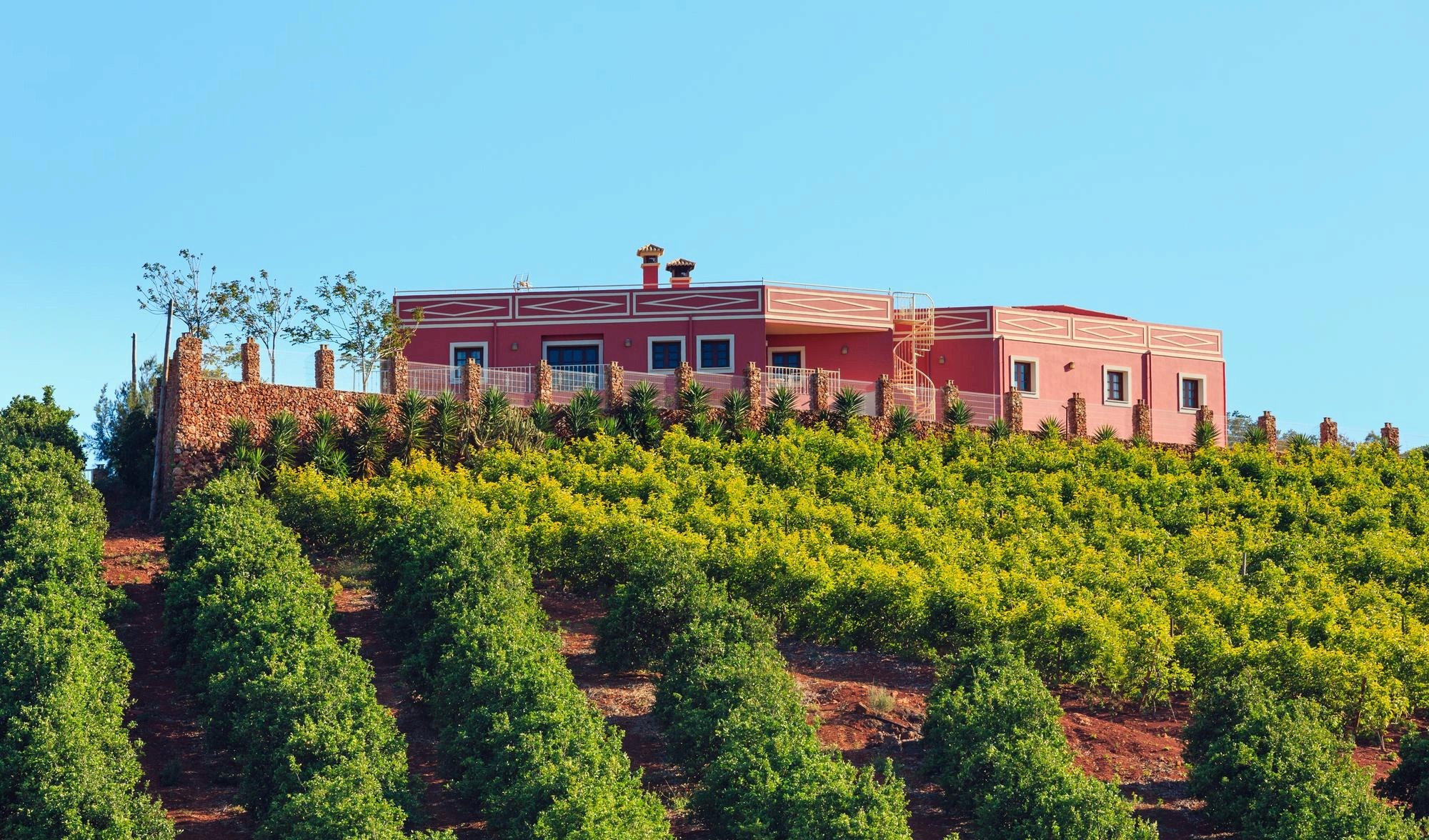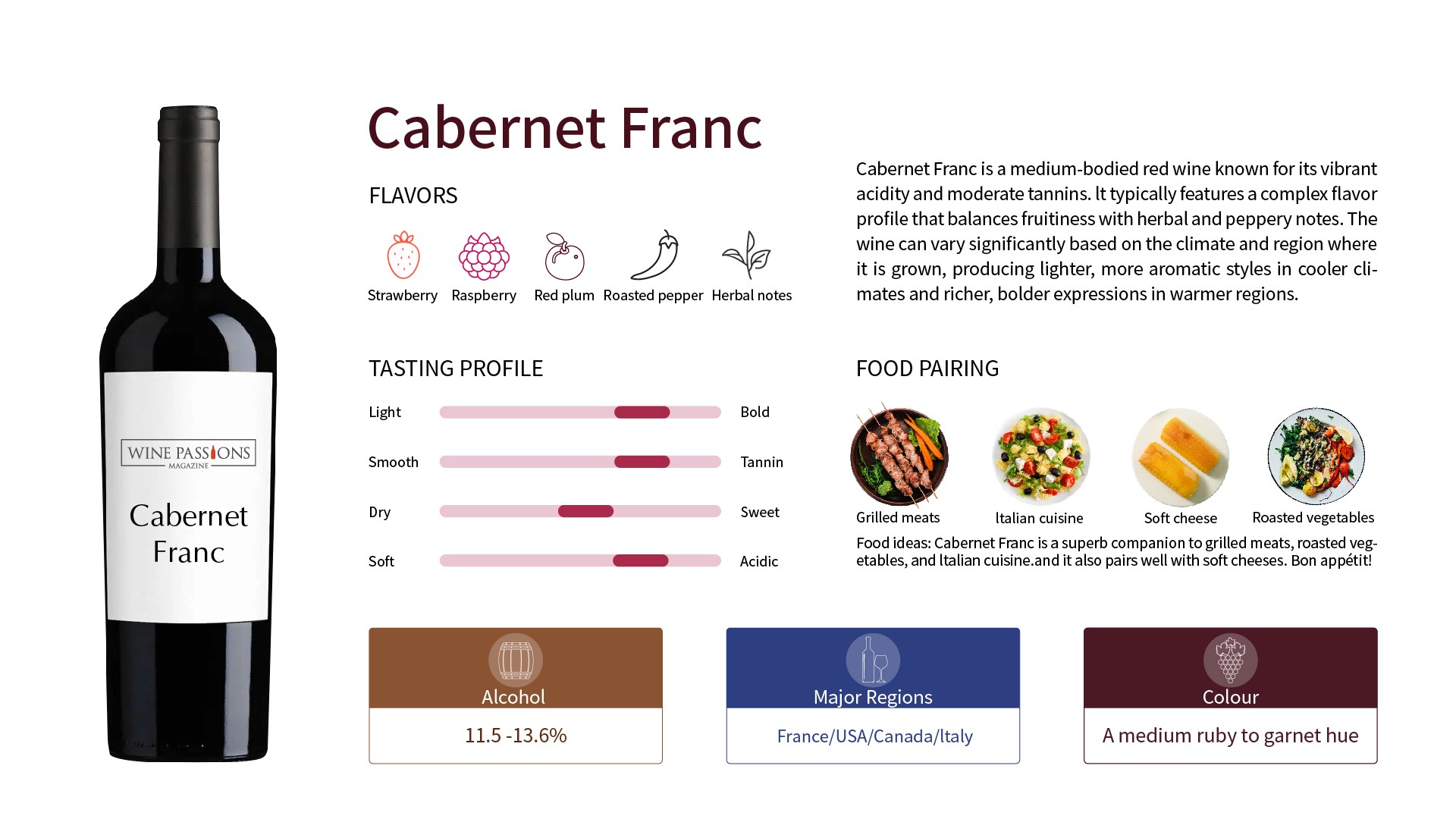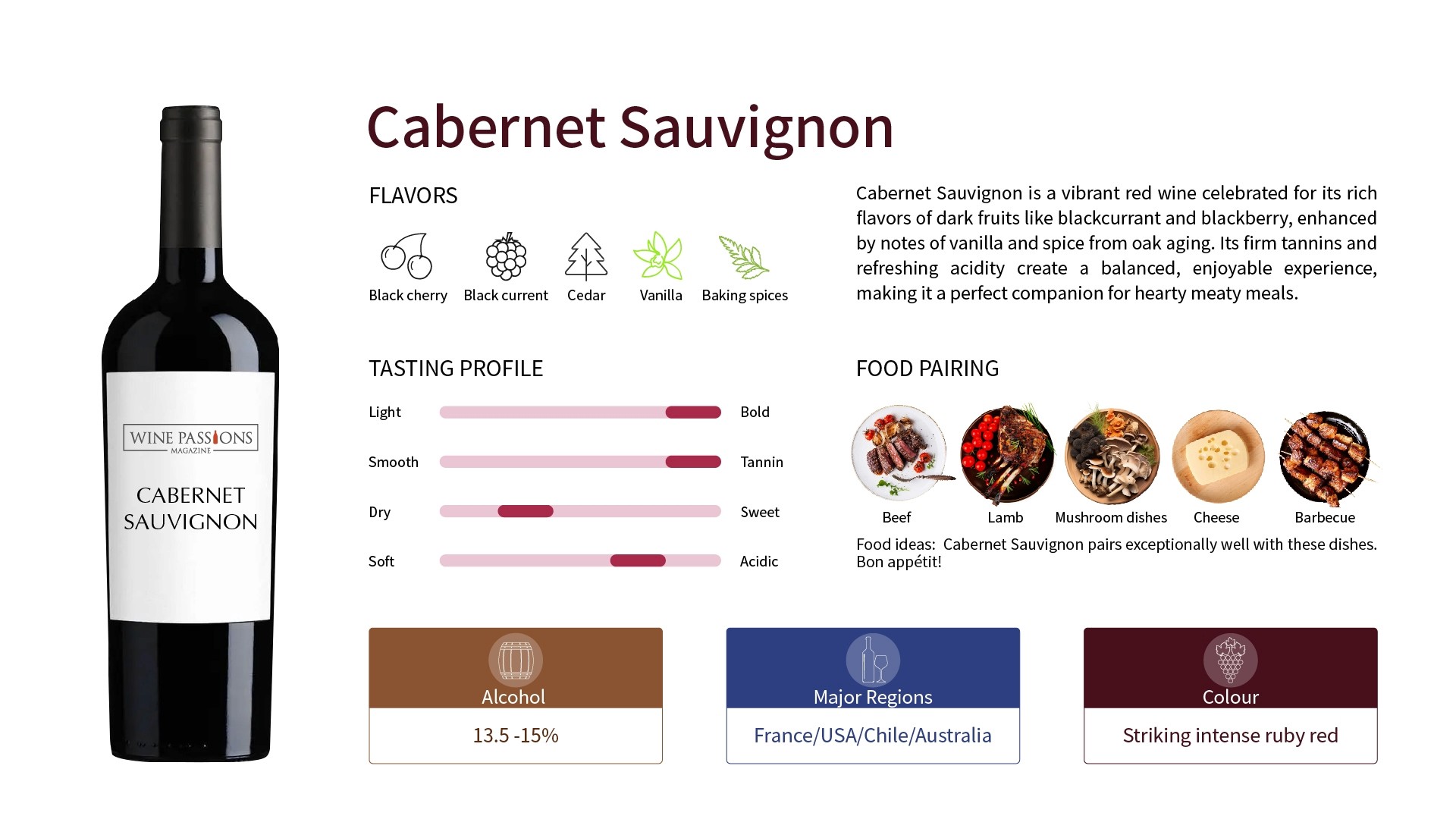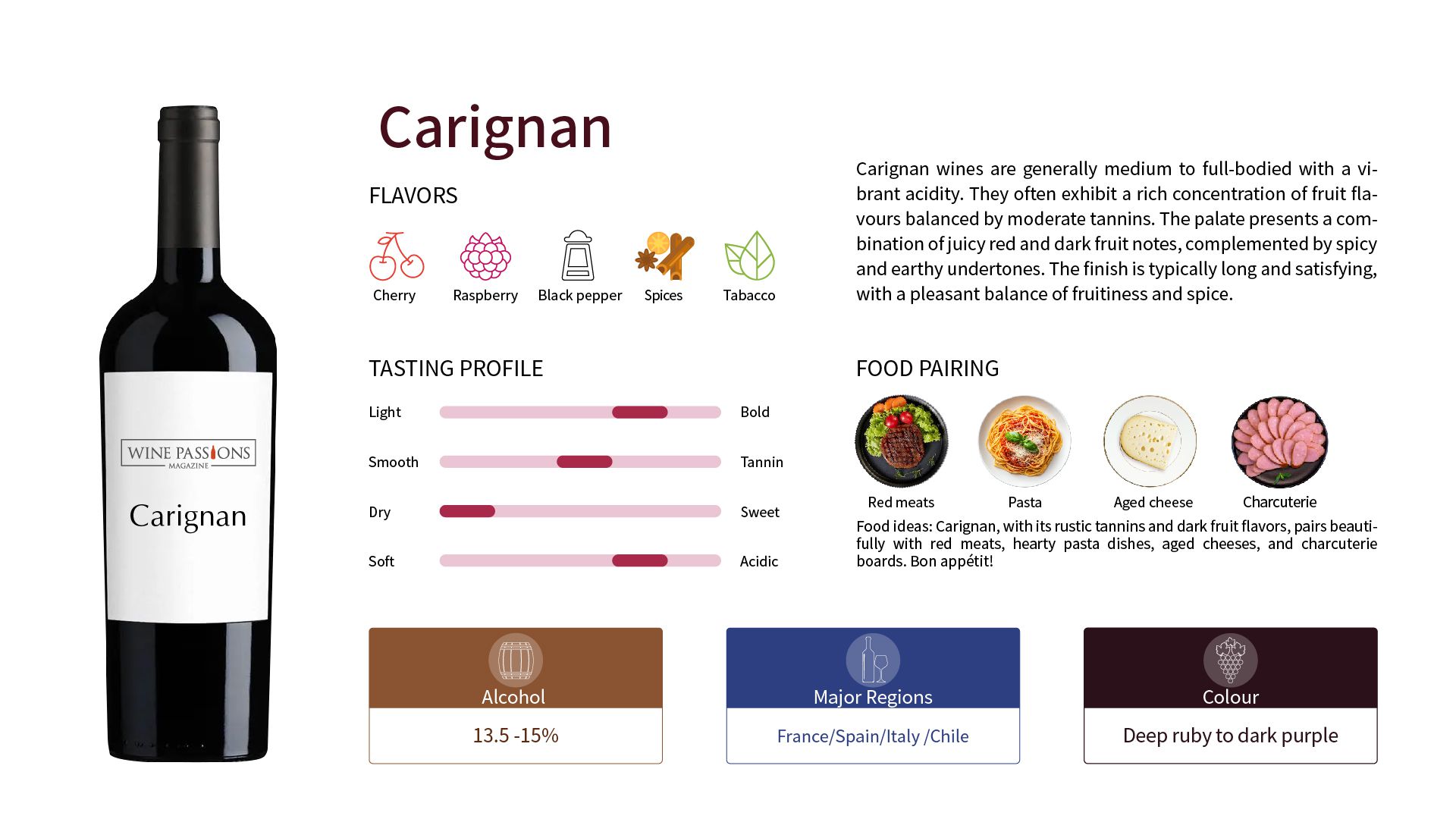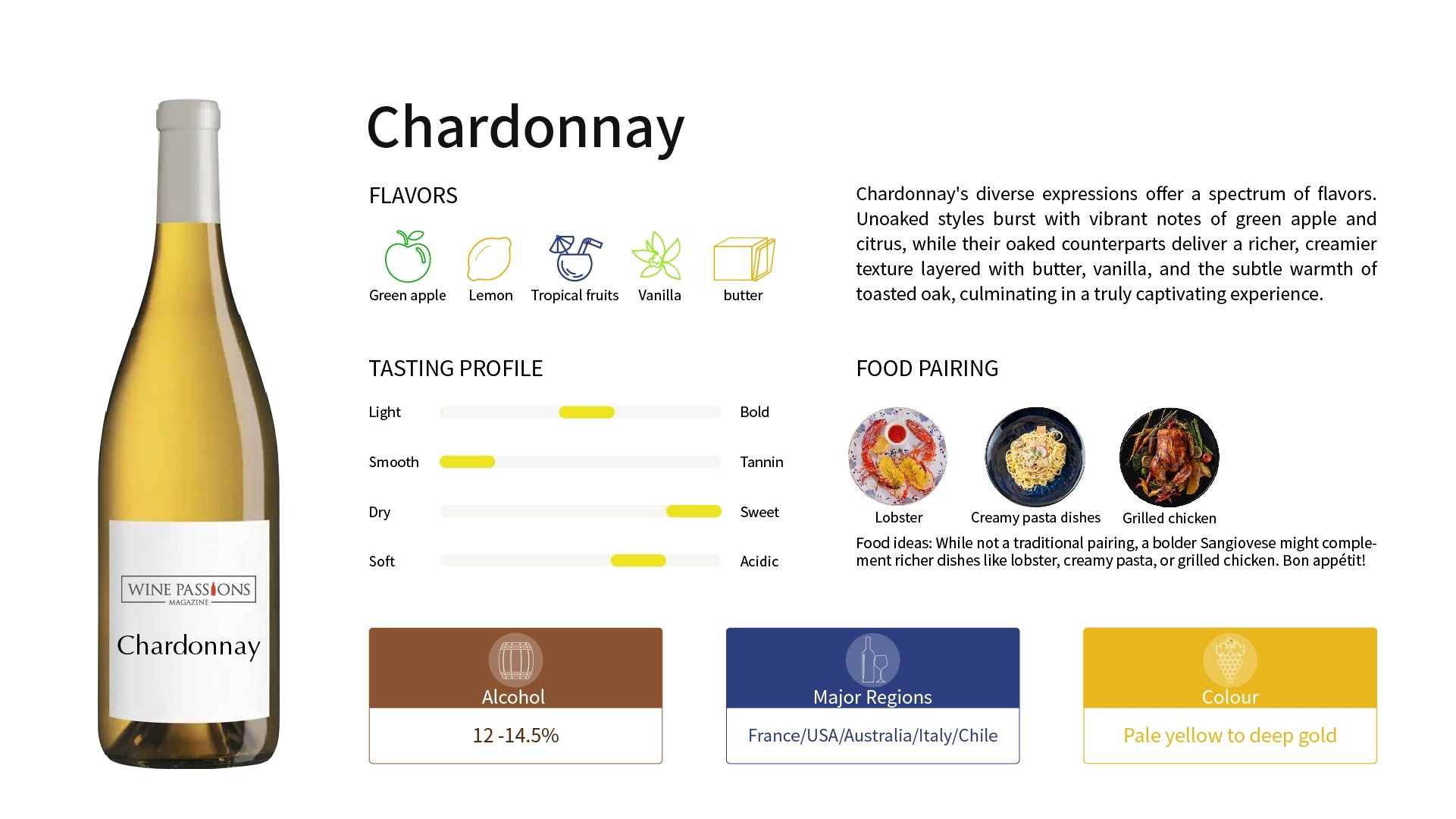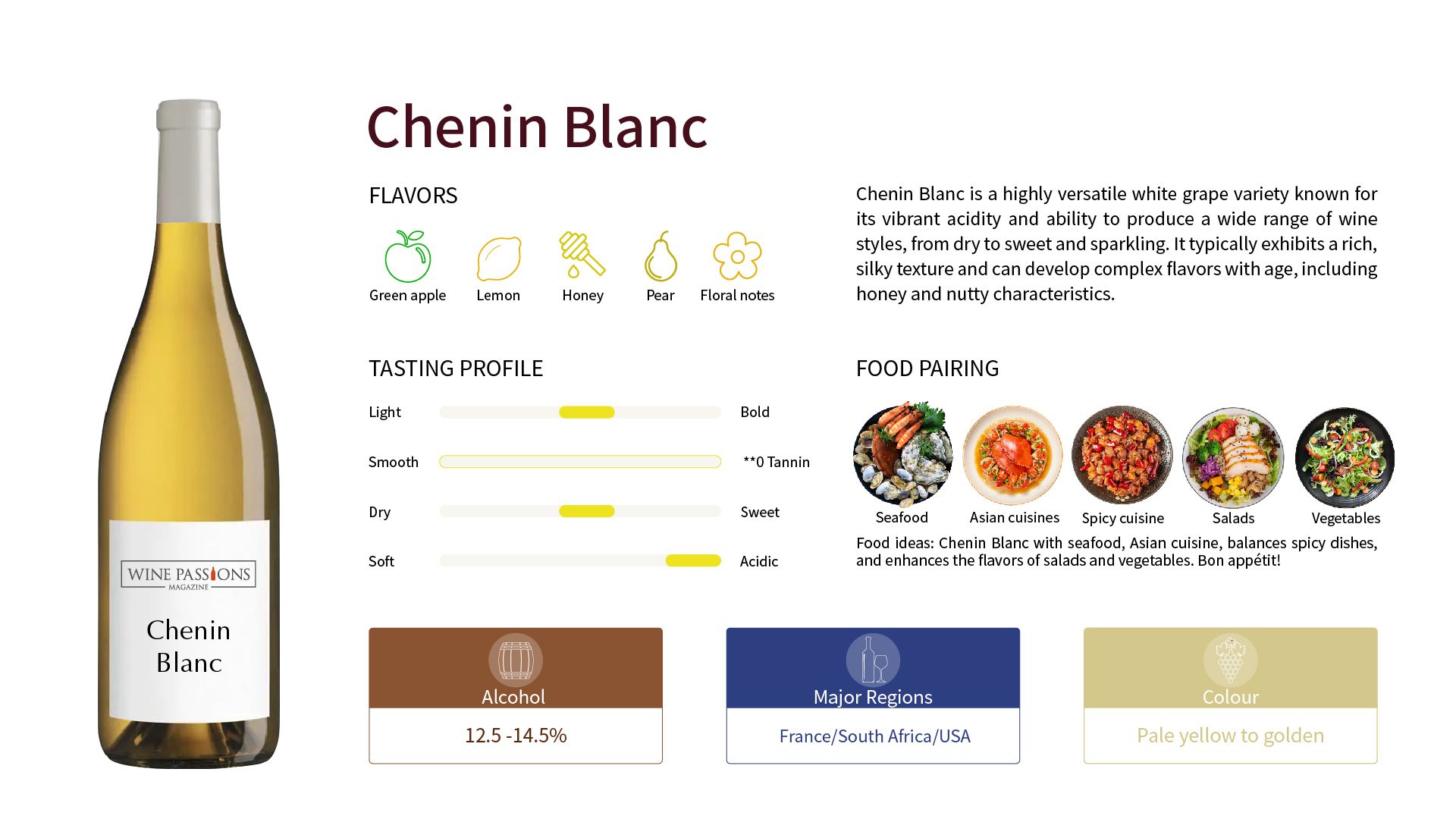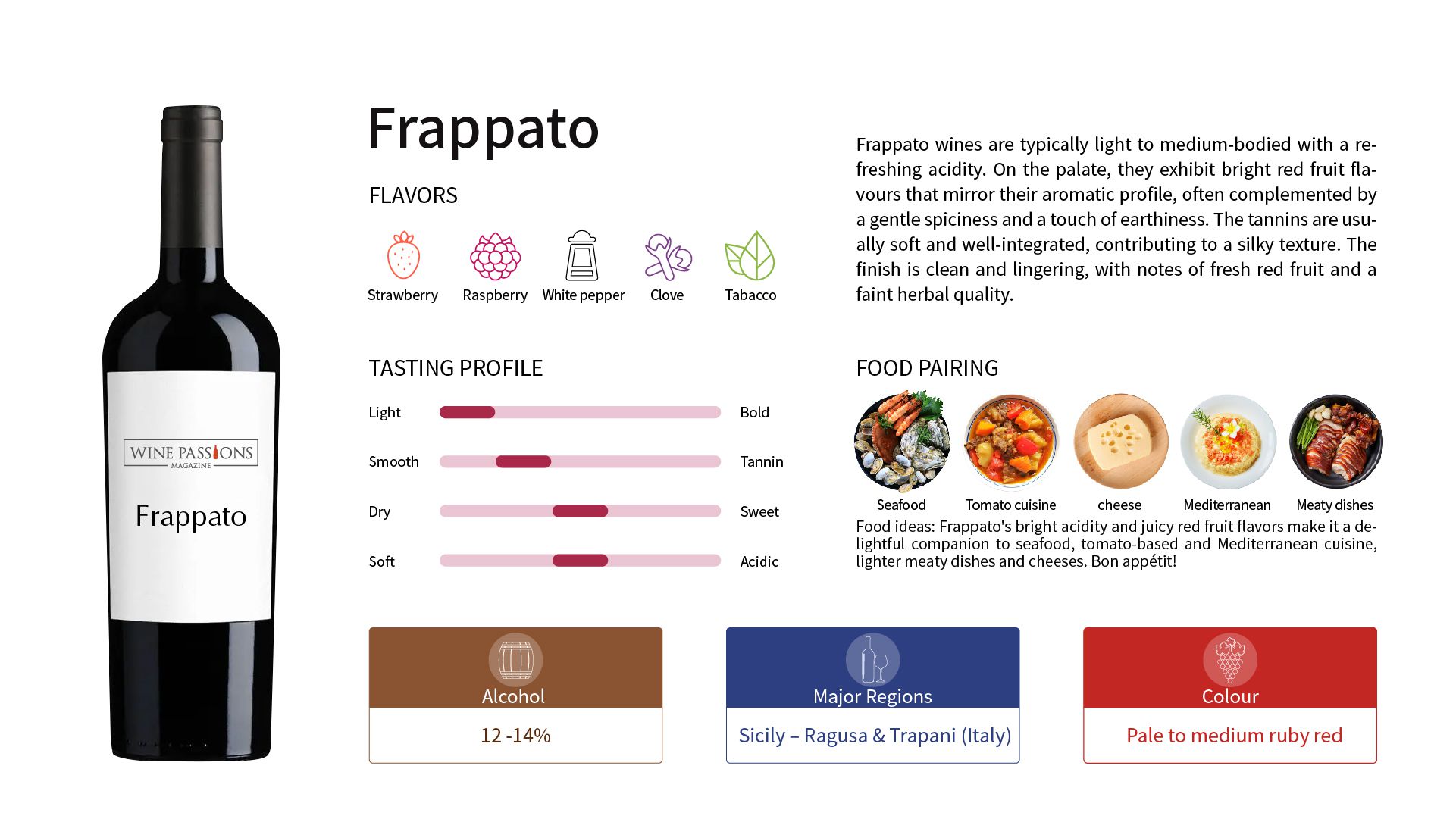Cabernet Franc
Background and Origin
The name Sauvignon Blanc comes from the French vocabulary where 'Sauvignon' means 'wild' and 'Blanc' means 'white.' It was first cultivated in the 16th century in France's Loire Valley and later began being produced in the Bordeaux region in the 18th century, gradually becoming an important white grape variety in that area. Its intense and charming flavor has led it to gain worldwide recognition, receiving high praise in places like New Zealand, Chile, and South Africa.
In the 20th century, New Zealand's Marlborough region, with its unique soil and climate, propelled Sauvignon Blanc to new heights, creating its iconic fresh flavors of green apple and grass.
Reasons for the Popularity of Sauvignon Blanc
Unique Flavor Characteristics: Sauvignon Blanc wines typically showcase fresh fruit aromas and herbal flavors, with prominent notes of green apple, lemon, grapefruit, tropical fruits (like pineapple and passion fruit), as well as grass and bell pepper. These unique flavors make Sauvignon Blanc exceptionally refreshing and palatable, especially suitable for summer sipping.
High Acidity and Freshness: Sauvignon Blanc is known for its bright acidity, making it very crisp on the palate and providing an appetizing sensation. Its high acidity allows it to pair well with food, balancing greasy textures and enhancing the freshness of ingredients.
Ready to Enjoy Immediately: Most Sauvignon Blancs are crafted for immediate consumption, typically not requiring long aging. This means that consumers can enjoy the fresh fruit aromas shortly after purchase without waiting for the maturation process.
Affordable Prices: Since Sauvignon Blanc is a relatively easy grape variety to grow with high yields, there are many options available at various price points in the market. Consumers can easily find high-quality and reasonably priced Sauvignon Blanc, making it very accessible to all types of drinkers.
Globalization and Market Demand: Sauvignon Blanc has become a hot-selling wine on the international market. Particularly, well-known brands from New Zealand like Cloudy Bay and Kim Crawford are widely praised for their unique flavors and quality, further promoting the varietal and making Sauvignon Blanc a popular choice among consumers.
Tasting Characteristics of Sauvignon Blanc
Sauvignon Blanc typically exhibits the following flavor characteristics:
Fruit Aromas: Mainly includes fresh fruit scents of green apple, lemon, grapefruit, passion fruit, and white peach.
Herbal and Spicy Notes: Common fresh aromas of grass, lemongrass, and bell pepper add layers to the wine.
Acidity: Strong and bright acidity provides a smooth, clean finish.
Minerality: Especially in France's Chablis region, Sauvignon Blanc often displays fresh mineral flavors with a sensation of stone or saltiness.
Mouthfeel: Typically light to medium-bodied, with high acidity and freshness, making it crisp and easy to drink.
Major Production Regions of Sauvignon Blanc
France: The Loire Valley, particularly Sancerre and Pouilly-Fumé, is known for producing fresh Sauvignon Blanc with mineral flavors; Bordeaux often blends it with Semillon for dry and sweet white wines.
Marlborough, New Zealand: Celebrated for its rich tropical fruit flavors and bright acidity, it is one of the country’s most famous whites.
Moldova: The production ratio of red and white wines in Moldova is approximately 3:7, including both dry and semi-sweet types.
South Africa: South African Sauvignon Blanc typically showcases herbal, bell pepper, and citrus fruit aromas, along with subtle mineral qualities.
Chile: A modern style that combines bright fruit with soft herbal notes.
USA: Sauvignon Blanc from Napa Valley and Sonoma in California displays rich fruit aromas, with some bottlings undergoing oak aging to impart creamy and vanilla notes.
Australia: Primarily concentrated in the Yarra Valley and Margaret River, the style ranges from light to rich, exhibiting interesting freshness and fruit aromas.
Famous Sauvignon Blanc Wines
Domaine de la Romanée-Conti Montrachet/ Château Carbonnieux Bordeaux Blanc/Pascal Jolivet Sancerre (France)
Cloudy Bay Sauvignon Blanc/ Kim Crawford Sauvignon Blanc (New Zealand)
Robert Mondavi Fumé Blanc (USA)
Cono Sur Organic Sauvignon Blanc (Chile)
Handling Tasting Method
Tasting temperature: 7-12°C
Tasting glass: White wine glass
Decanting time: Not required
Storage aging: 1-5 years (It is recommended not to age more than 3 to 5 years, as its acidity and fruit aroma are best enjoyed fresh.)
Food Pairing
Seafood: Such as grilled fish, lobster, mussels, stew, or shellfish, can enhance the fresh sweetness and crispness.
White Meat: Such as herb-roasted chicken or turkey, especially paired with light sauces or those with a lemon flavor for better effect.
Italian Cuisine: Such as tomato sauce pasta or pizza, can also pair well with Sauvignon Blanc.
Asian Cuisine: For example, Thai and Vietnamese dishes, enhance the freshness and layers of the meal.
Fresh Salad (with lemon or lime juice for extra freshness)
Goat Cheese/Yogurt
